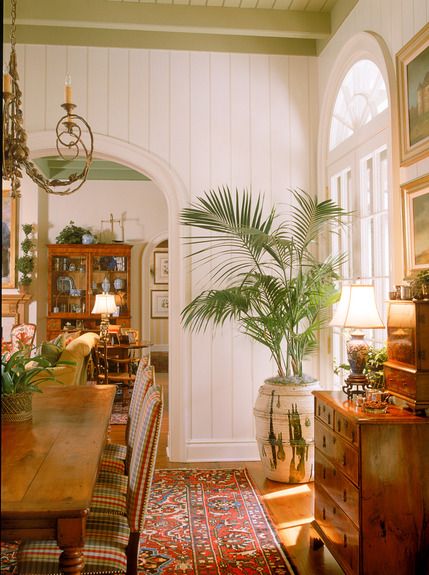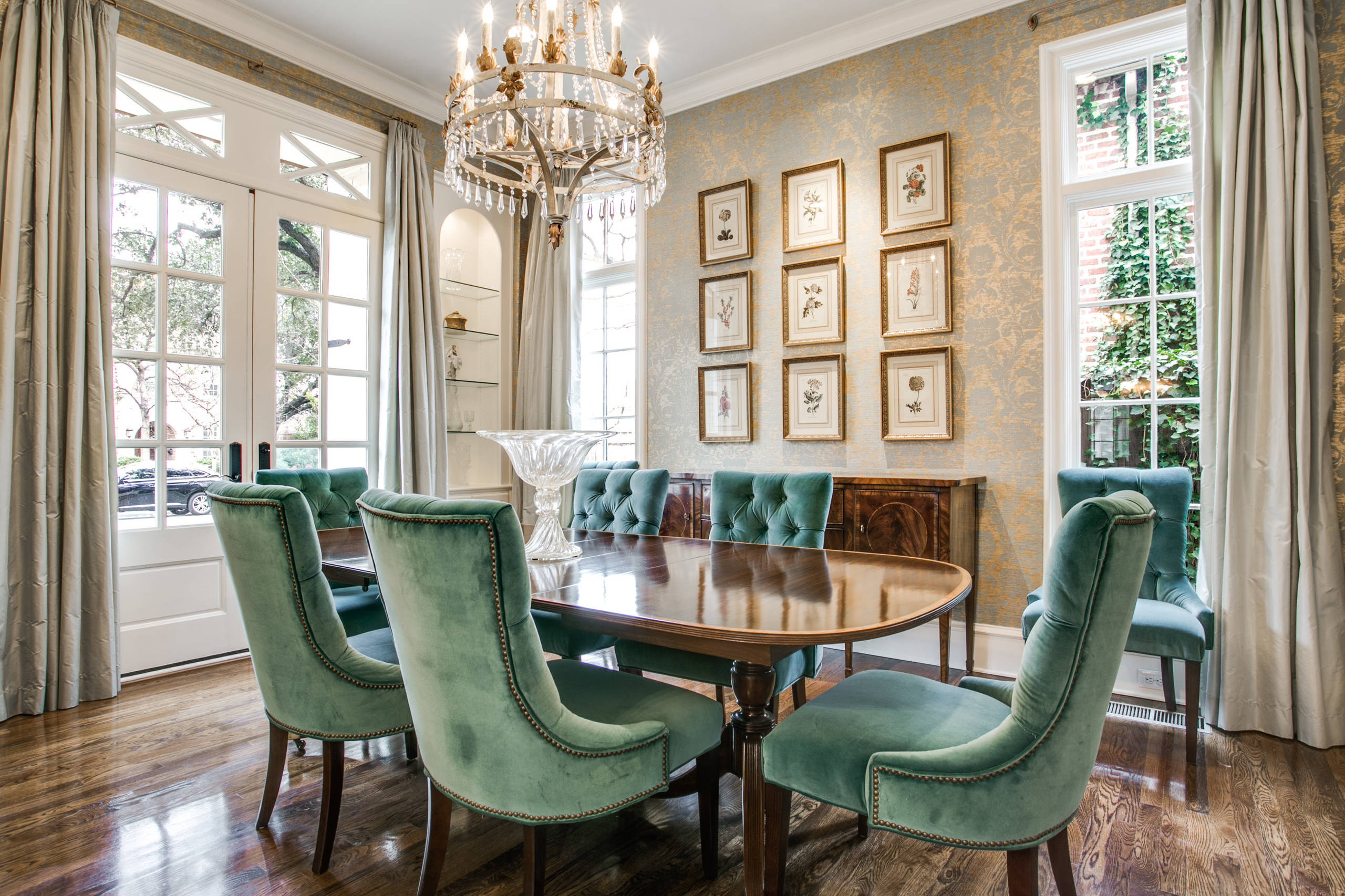When it comes to interior design, few styles encapsulate the allure and sophistication of the French colonial decor. Over the years, I’ve had the pleasure of incorporating various elements of this design style into my home, and each piece tells a story that transcends time and geography. This article will delve into the fascinating world of French colonial decor, providing you with insights, tips, and inspiration to transform your own space.
Understanding French Colonial Decor
French colonial decor is a unique blend of European and tropical influences, characterized by its rich history, vibrant colors, and intricate details. Originating during the colonial era when the French established colonies in various parts of the world, this style reflects the melding of different cultures.
The Historical Context
French colonial decor emerged in the 17th and 18th centuries, particularly in regions such as the Caribbean, Southeast Asia, and parts of Africa. The French brought their aesthetic sensibilities into these new environments, creating a design style that was both functional and elegant.
Cultural Influences
- French Baroque: Opulent designs with ornate details.
- Tropical Elements: Natural materials and vibrant colors inspired by local flora and fauna.
- Asian Influence: Simplistic lines and minimalism from Southeast Asian designs.
Key Characteristics of French Colonial Decor
The hallmark of French colonial decor lies in its ability to fuse comfort and elegance. Below are some of the key characteristics that define this style:
1. Color Palette
The color palette is typically warm, featuring earthy tones such as taupe, beige, and rich browns, complemented by pops of brighter colors found in textiles and accessories.

2. Furniture
Furniture pieces are often made from dark woods and can be intricately carved. Look for items like:
- Sofas with plush upholstery
- Wooden coffee tables with a distressed finish
- Rattan and wicker accents for an airy feel
3. Textiles
Textiles play a significant role in the overall aesthetic, with silk, cotton, and linen fabrics being popular choices. Patterns often include:
- Floral motifs
- Stripes
- Bold prints inspired by local culture

4. Accessories and Decor
The finishing touches are crucial in French colonial decor. Accessorize with:
- Antique mirrors
- Wall art featuring tropical landscapes
- Handcrafted pottery and ceramics
- Elegant lighting fixtures
Incorporating French Colonial Decor Into Your Home
Now that we’ve established what French colonial decor is and its key characteristics, let’s discuss how to incorporate this style into your own home.

1. Start with a Neutral Base
Begin by painting your walls in neutral tones. This will create a breathable backdrop that allows other elements to shine.
2. Choose the Right Furniture
Invest in a few statement furniture pieces. A large, comfortable sofa in a rich fabric can be the focal point of your living area.

3. Accessorize Wisely
Mix and match accessories that reflect the colonial era. Look for items at antique shops or flea markets that can add character to your space.
Comparison Table of Key Features
| Feature | French Colonial | Modern Minimalist |
|---|---|---|
| Color Palette | Warm earthy tones | Neutral whites and grays |
| Furniture | Ornate and heavy | Sleek and functional |
| Textiles | Rich patterns and fabrics | Simple and monochrome |
| Accessories | Eclectic and handcrafted | Minimal and streamlined |

4. Layer Textures
To achieve a cozy feel, layer different textures. Use a mix of smooth silk with rougher woven fabrics to create visual interest.
Pros and Cons of French Colonial Decor
Pros
- Timeless Elegance: The style remains relevant and chic regardless of changing trends.
- Comfortable Atmosphere: The warm colors and textures create a welcoming ambiance.
- Rich Cultural Heritage: Incorporating history into your decor offers storytelling elements.

Cons
- Maintenance: Some pieces, especially wooden furniture, require regular upkeep.
- Cost: Authentic colonial pieces can be pricier than contemporary options.
- Overwhelming: If not balanced well, the eclectic mix can feel cluttered.
French Colonial Decor: Personal Reflections
In my own journey of decorating my home, I gradually infused elements of French colonial decor into my space. It started with a single antique chair that I found at a local flea market, which sparked my interest. The intricate carvings and rich fabric drew me in, and from there, I started exploring more. I found that this style allowed me to express my personality while creating a warm and inviting atmosphere. Each piece I choose has become a conversation starter and a testament to the beauty of heritage.
Frequently Asked Questions (FAQs)
What is the main color scheme in French colonial decor?
The main color scheme typically includes warm earthy tones like taupe, beige, and browns, often accented with brighter colors inspired by tropical surroundings.
How can I start building a French colonial-inspired room?
Begin with a neutral backdrop, choose statement furniture pieces, and accessorize with textiles and art that reflect the colonial era.
What types of materials are commonly used in French colonial decor?
Common materials include dark woods for furniture, various fabrics like silk and linen for textiles, and natural materials like rattan and wicker for accents.
Can I mix French colonial decor with other styles?
Yes, French colonial decor can be beautifully blended with other styles, such as modern or rustic, by ensuring that the elements complement each other through color and texture.
Conclusion
French colonial decor is more than just a design style; it’s an expression of culture, history, and personal taste. By understanding its roots and key features, you can create a space that feels both timeless and inviting. I encourage you to embrace this style and start your journey towards a beautifully decorated home that reflects a piece of history.